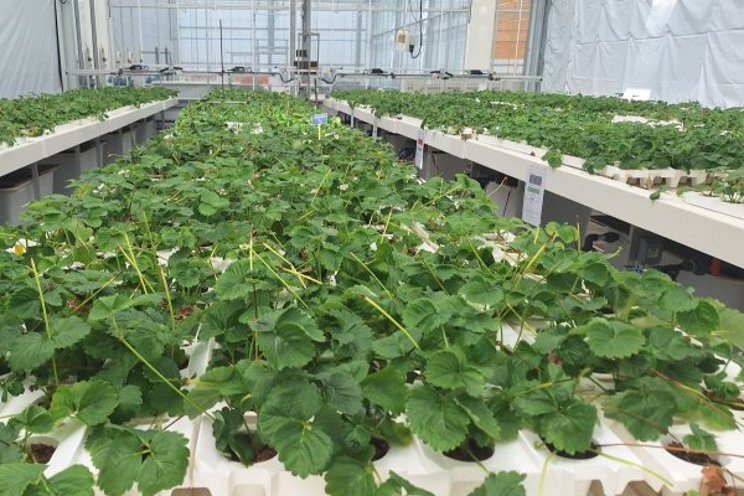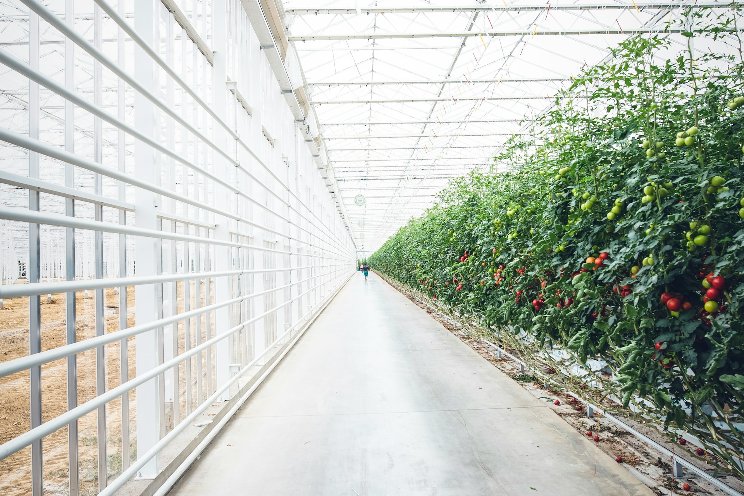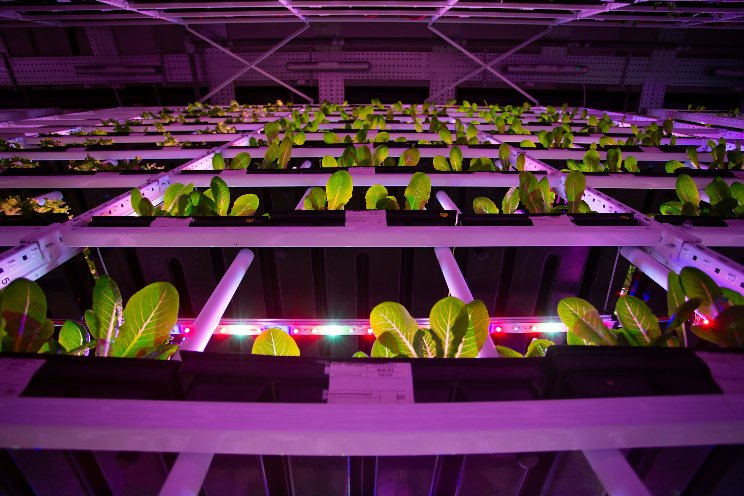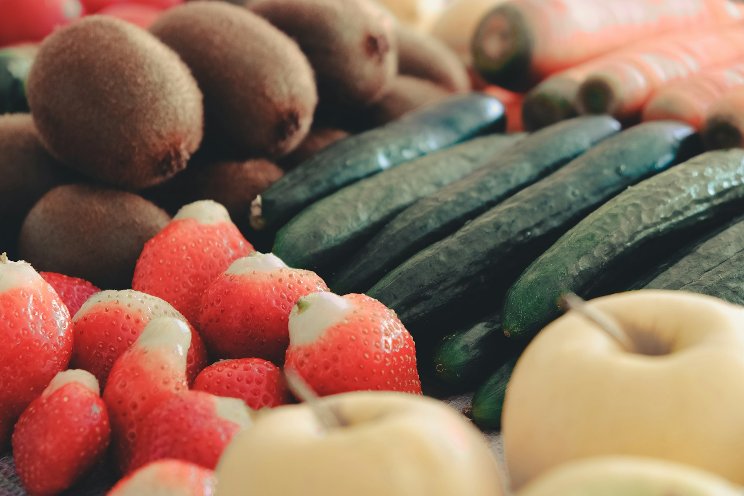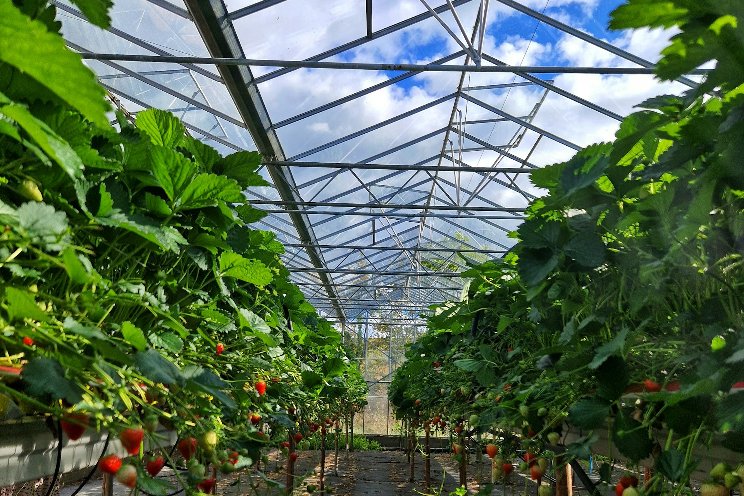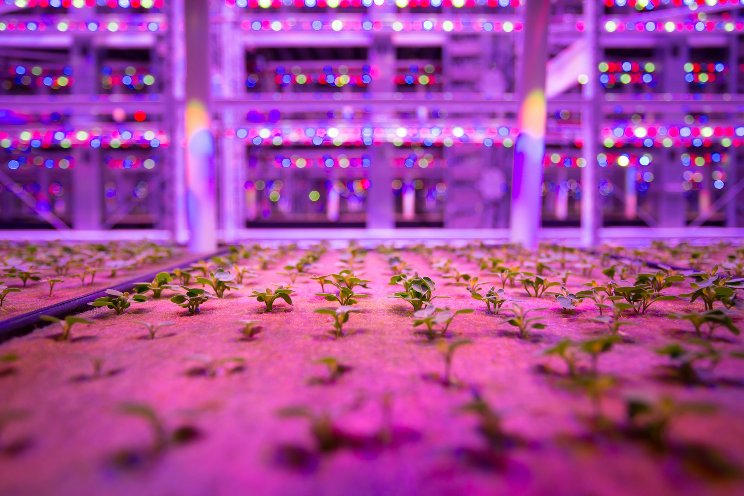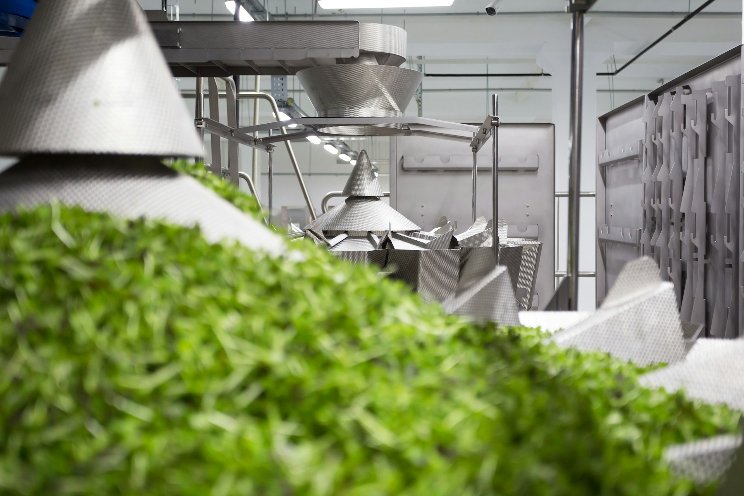How oxygen can aid pathogen suppression in horti substrates
Added on 16 October 2024
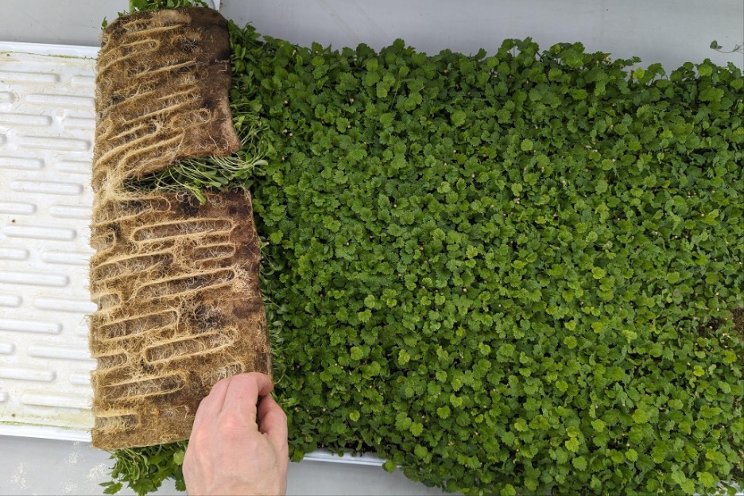
The Science Behind Oxygenation
Oxygen is not just a component of the air we breathe—it's a lifeline for plant roots. Just as fresh air nourishes our lungs, oxygen is fundamental to the vitality of plant roots. In the root zone, oxygen fuels aerobic respiration, a process essential for generating the energy plants need to take up nutrients and grow (Jackson & Colmer, 2005).
What does this mean in practical terms? Research shows that increasing oxygen levels in substrates can suppress the very pathogens that threaten plant health. In 2009, Colmer and Voesenek demonstrated that well-oxygenated environments favor the proliferation of aerobic microbes, which outcompete harmful anaerobic pathogens. This dynamic reduces the likelihood of diseases like root rot, often caused by fungi such as Fusarium and Pythium, both of which thrive in low-oxygen conditions.
Suppressing Fungal Pathogens
Fungal pathogens like Pythium and Rhizoctonia are opportunistic invaders thriving in environments where oxygen is scarce and waterlogging is prevalent. These fungi are notorious for causing root rot, a disease that can decimate crops if left unchecked. However, the narrative changes when oxygen levels are optimized. A study by Jørgensen et al. (2017) made this clear: when soil aeration in hydroponic systems was improved, the incidence of fungal pathogens plummeted. The result? Healthier plants and higher yields.
Similarly, Choi et al. (2016) found that well-oxygenated substrates could effectively suppress Pythium in hydroponic systems. Their research demonstrated that increasing oxygen availability in the root zone didn't just curb fungal growth—it also boosted plant resistance to disease. The correlation was clear: better oxygenation meant fewer pathogens and stronger, more resilient plants.
Mitigating Microbial and Viral Pathogens
Microbial pathogens, much like their fungal counterparts, pose a significant threat in hydroponic and microgreen systems. But here’s where oxygen steps in as a hero once again. Wang et al. (2020) highlighted how enhanced oxygenation promotes the growth of beneficial microbes. These microbes, much like probiotics in the human gut, outcompete harmful pathogens, maintaining a healthy balance that prevents disease outbreaks.
Viral pathogens, though less frequently discussed, are not immune to the benefits of oxygenation. While direct studies on viral suppression via oxygenation are limited, the principles observed with microbial and fungal pathogens suggest a broader application. Proper oxygenation may also mitigate the impact of viral diseases by improving overall plant health and resilience.
Practical Applications
For growers, the message is simple yet profound. Ensuring that substrates are well-aerated is as crucial as managing nutrients and water. Techniques such as using substrates with high air porosity, incorporating aeration systems, and avoiding overwatering can help maintain optimal oxygen levels. These practices don’t just promote healthier growth—they form a frontline defense against pathogen-related issues.
Conclusion
Proper oxygenation of substrates in hydroponic and microgreen systems is not just a technical detail—it’s a cornerstone of disease management. By enhancing oxygen levels, growers can create environments that suppress microbial, fungal, and viral pathogens, leading to healthier plants and improved yields. Understanding and optimizing these unseen, often overlooked factors is critical to achieving sustainable, thriving agriculture.
Re-nuble designs products for growers with growers. Unlock your yield potential here.
More news



